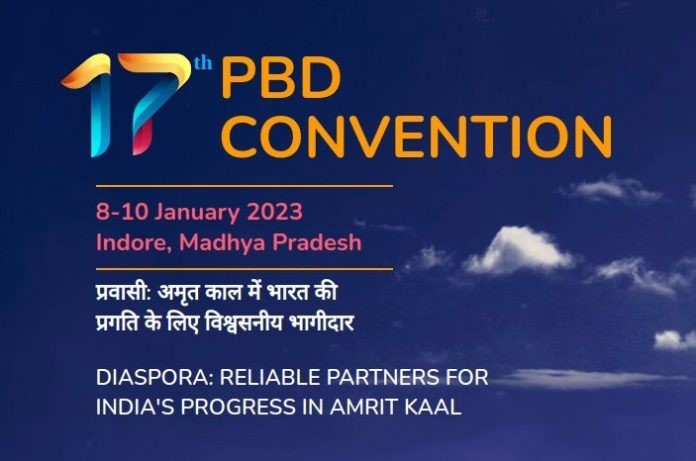Free Courses Sale ends Soon, Get It Now


Free Courses Sale ends Soon, Get It Now



Disclaimer: Copyright infringement not intended.
Context: The 17th Pravasi Bharatiya Divas (PBD) Convention in New Delhi will focus on Latin America’s diaspora connection, with two Indian-origin Presidents from the region attending as special guests.
Details:
Background:
Youth PBD:
Trends:
What is diaspora?
India’s policy towards the diaspora:
Major sections of Indian Diaspora:
Significance of Indian diaspora:
Various initiatives:
Challenges faced by Diaspora:
Way Forward:
https://epaper.thehindu.com/Home/ShareArticle?OrgId=GO5ANT1OE.1&imageview=0
© 2024 iasgyan. All right reserved